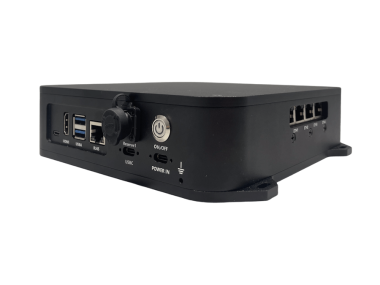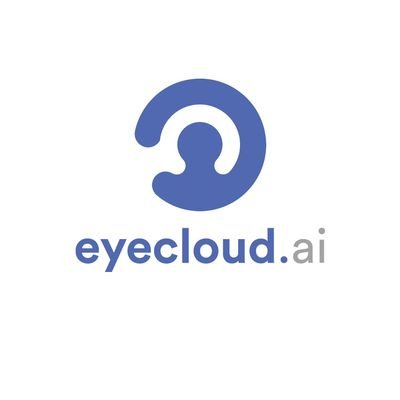
Roboopi: Applications Of Low-speed Automotive Mobile Robots
About the project
A high-performance computing platform designed for mobile robots and intelligent edge IoT devices.
Project info
Difficulty: Expert
Platforms: NVIDIA
Estimated time: 1 hour
License: GNU General Public License, version 3 or later (GPL3+)
Items used in this project
Hardware components
Story
Low-Speed Autonomous Mobile Robots (LS-AMRs) are an application of autonomous driving technology in specific low-speed scenarios, primarily used to perform simple, highly repetitive tasks. With the rapid advancement of sensor technology, computing power, and artificial intelligence algorithms, the autonomous navigation, obstacle avoidance, and path planning capabilities of low-speed mobile robots have significantly improved. These robots are now widely used in various industries, including warehouse management, hospital cleaning, airport luggage transportation, and retail store navigation.
Eyecloud.ai has launched the RobooPi Px series low-speed mobile robot edge computing stations, which are innovative products in this field. Taking the RooboPi P56 as an example, this workstation is a high-performance computing platform designed for mobile robots and intelligent edge IoT devices. It is equipped with the NVIDIA Orin Nano, capable of providing up to 40 TOPS of AI performance, and combines an advanced AI software stack to support GMSL2 and MIPI CSI-2 cameras for autonomous machines, industrial inspection, robotics, and edge computing applications.
RooboPi-P56
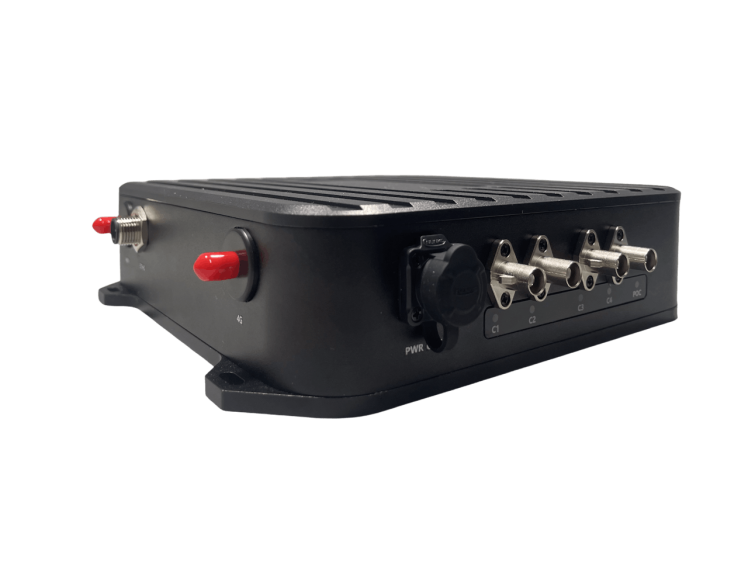
RooboPi-P56
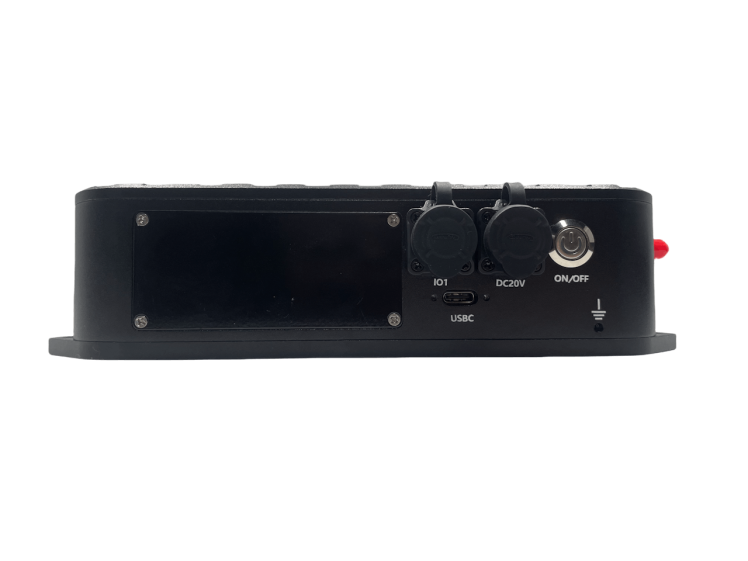
However, the development of low-speed mobile robots requires solving a series of core technical challenges to ensure their reliability, safety, and efficiency in various application scenarios. Key core technical issues include:
Environmental Perception TechnologyLow-speed mobile robots need to accurately perceive their surroundings using various sensors such as cameras, LiDAR, and ultrasonic radar. This includes detecting obstacles, identifying terrain features, and reading traffic signals.
Localization and Navigation TechnologyRobots must possess precise localization capabilities, typically achieved through SLAM (Simultaneous Localization and Mapping) technology. This allows the robot to autonomously navigate in unknown environments.
Path Planning and Obstacle Avoidance AlgorithmsEfficient path planning algorithms enable robots to find the optimal path in complex environments and respond in real-time to sudden obstacles, ensuring safety and efficiency.
Decision-Making and Coordination AlgorithmsRobots need to make quick decisions based on perception information and achieve coordinated work in multi-robot systems. This involves complex algorithm design and real-time data processing.
Communication TechnologyThis includes communication capabilities with control centers, other robots, and surrounding devices. It ensures timely data exchange and remote monitoring.
Hardware Reliability and SafetyThe robot's hardware system needs to withstand harsh environments and long-term operation. This imposes high requirements on material selection and engineering design.
Software Architecture and Computing CapabilityA robust computing platform and optimized software architecture are fundamental for supporting complex data processing and algorithm execution. The system must ensure efficiency and stability.
Artificial Intelligence and Machine LearningUsing AI technology to enhance the robot's autonomy and adaptability, continuously optimizing performance through machine learning, enabling the robot to excel in ever-changing environments.
Addressing these core technological issues is crucial for promoting the practical application and industrialization of low-speed mobile robots. The introduction of the RobooPi Px series edge computing stations is particularly suitable for high-quality imaging, low-light imaging, and low-latency transmission solutions. This solution includes cameras with various interfaces such as MIPI, GMSL, FPDLINK, and USB. We also provide Linux drivers and sample applications, along with the ecfg vision middleware for rapid integration.
By leveraging the NVIDIA Isaac AMR platform, it is possible to achieve simulation, verification, deployment, optimization, and management of autonomous mobile robot fleets. This platform includes edge-to-cloud software services, computing capabilities, and a set of reference sensors and robot hardware, accelerating the development and deployment of AMRs, reducing costs, and shortening time to market.
RobooPi P56 Robot Autonomous Perception Multi-Camera Access
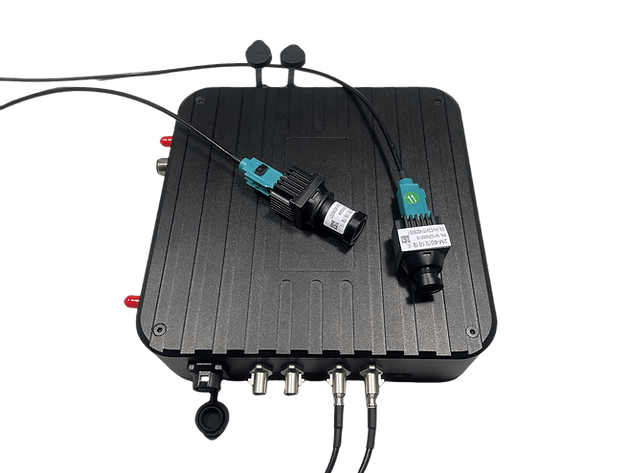
SerDes Camera+RobooPi
Mobile robots need to perceive their surroundings in real-time or even with low latency. As shown, the RobooPi P56 offers various high-speed, low-latency visual perception cameras, including automotive SerDes cameras and industrial high-speed USB cameras.
RobooPi P56 Environmental Intelligence Analysis Multi-Camera Access
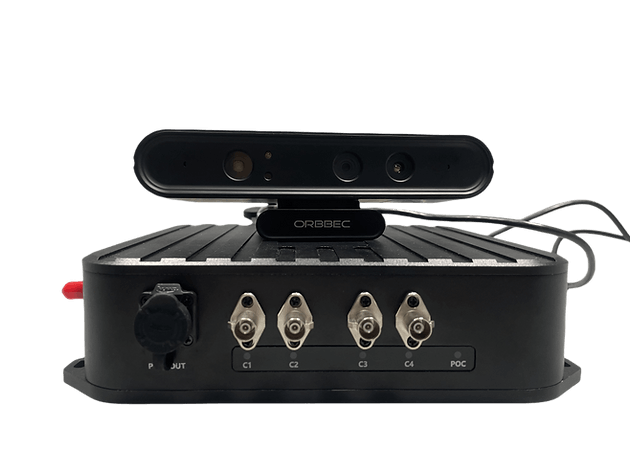
Face Recognition Camera + RobooPi
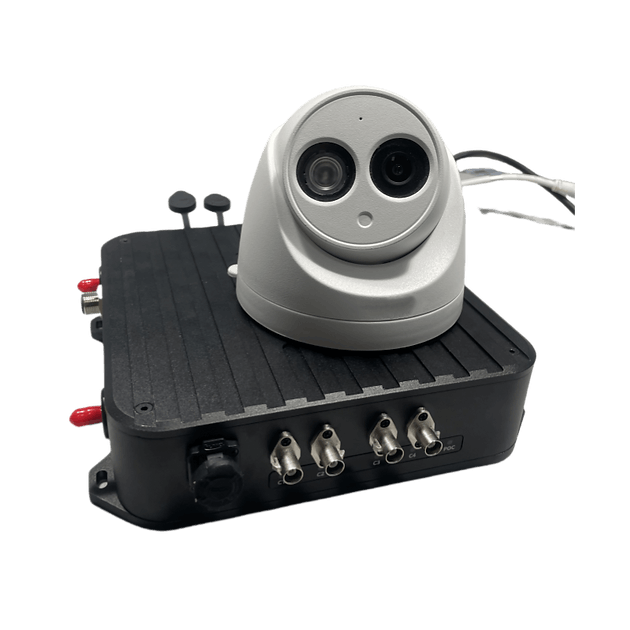
Thermal Infrared Camera + RobooPi
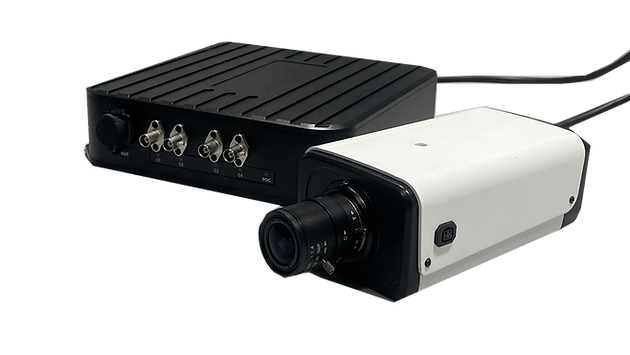
3D Camera with face recognition + RobooPi
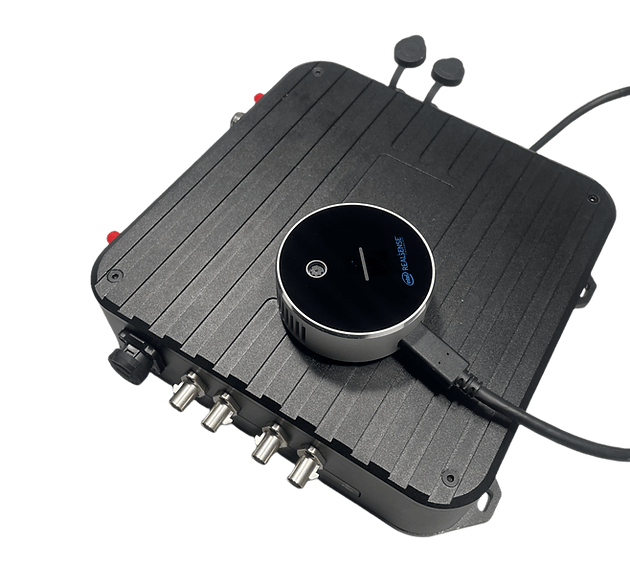
Radar + RobooPi
At the business application layer of robots, the real-time requirements are not as stringent as those of the underlying perception system. The P56 can access environmental perception modules tailored to different business scenarios, including binocular depth facial recognition modules, high-definition network cameras, and thermal infrared cameras. It can fuse, infer, and analyze the data locally.
After completing edge intelligent analysis, the P56's multiple networking (WiFi, 4G, Bluetooth) communication methods conveniently provide efficient data exchange paths, achieving inter-device communication management and key data cloud-based secondary analysis.
For more information, please visit https://www.eyecloudai.com/

Eyecloud.ai is the leading supplier of AI vision appliances and systems, aiming to support tech companies in overcoming the development and production challenges of Edge AI vision products with expertise in advanced hardware design and production, camera and machine vision systems development, image sensor and ISP tuning, and IoT device management. Eyecloud.ai has successfully developed mass-production machine vision solutions for customers around the globe in autonomous driving, electrical vehicles, mobility robots, and surveillance markets. Eyecloud.ai offers engineering services to enable customization and meet unique application requirements in rapid and cost-effective manner. Founded in 2018, Eyecloud.ai has received several industry awards for its insight and innovations in AI vision product deployment.



